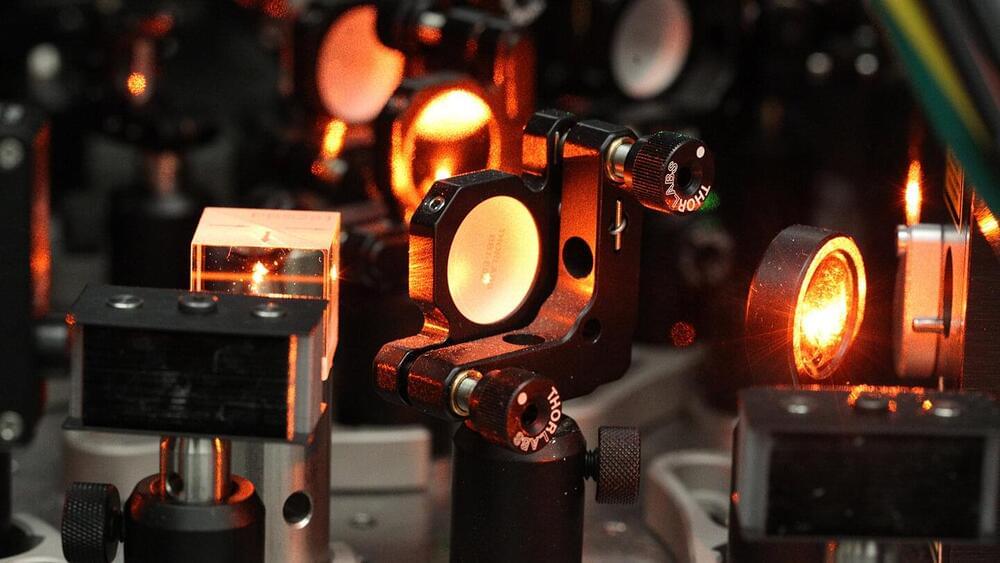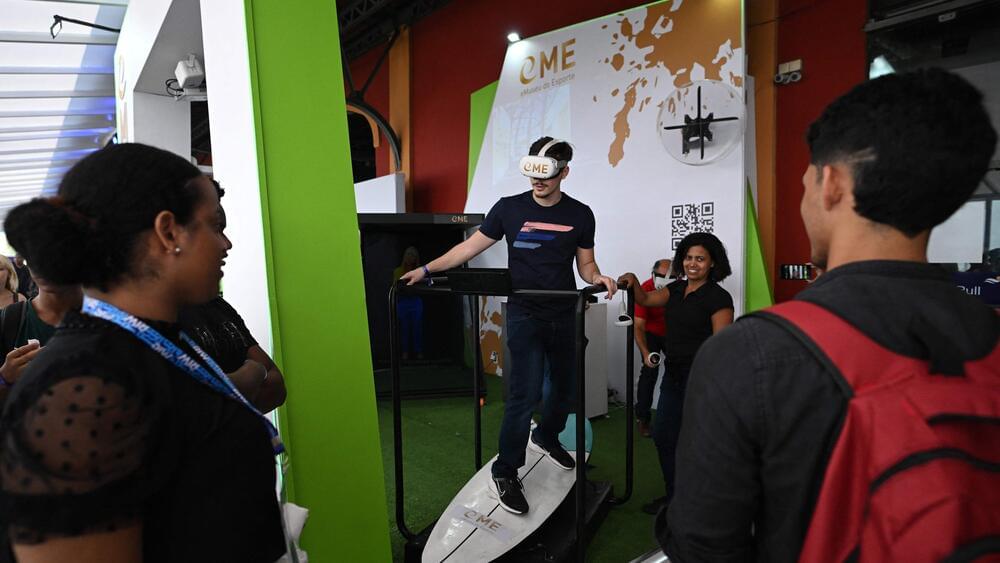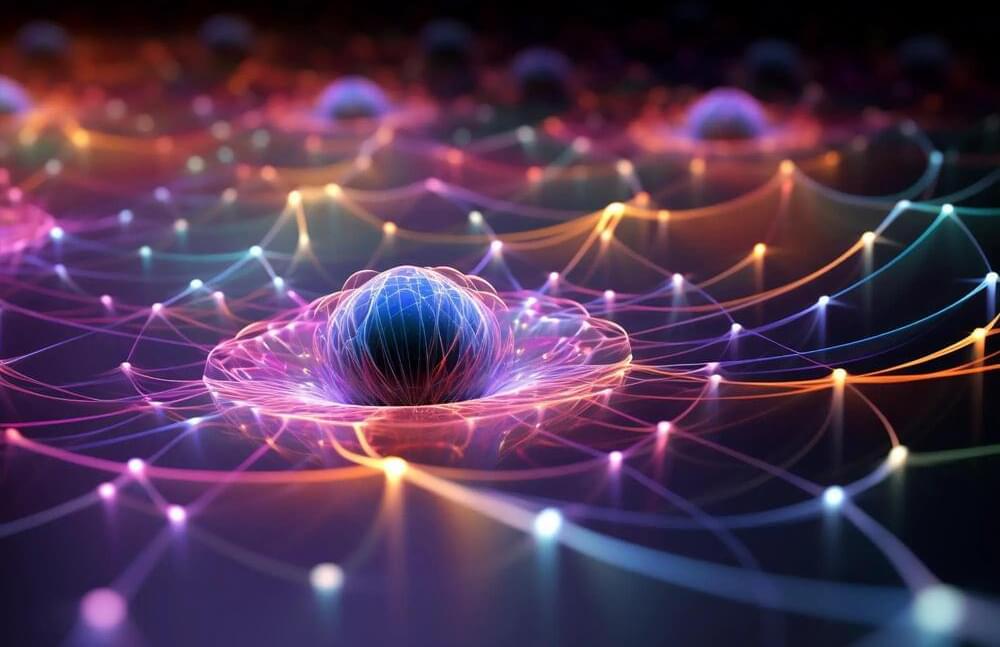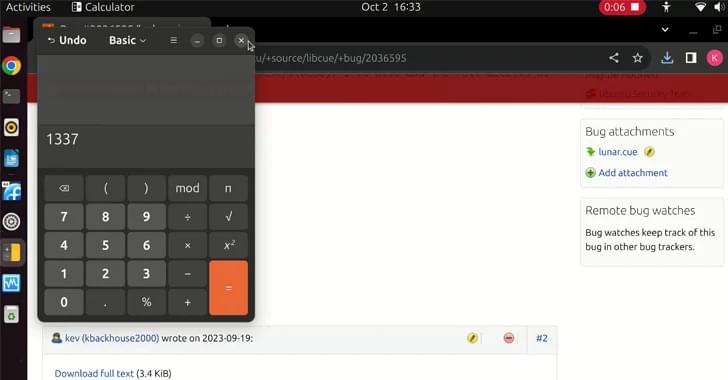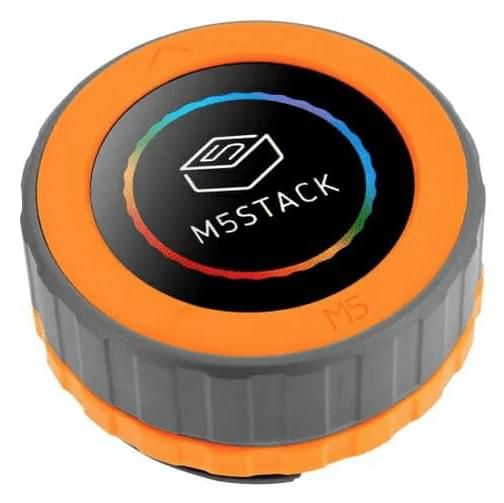Europe is pushing to create a network infrastructure based on quantum physics.
In May 2023, Dr. Benjamin Lanyon at the University of Innsbruck in Austria took an important step toward creating a new kind of internet: he transferred information along an optical fiber 50 kilometers long using the principles of quantum physics.
Information in quantum physics differs from the units of data—binary digits—stored and processed by computers that form the core of the current World Wide Web. The quantum physics realm covers the properties and interactions of molecules, atoms and even smaller particles such as electrons and photons.

